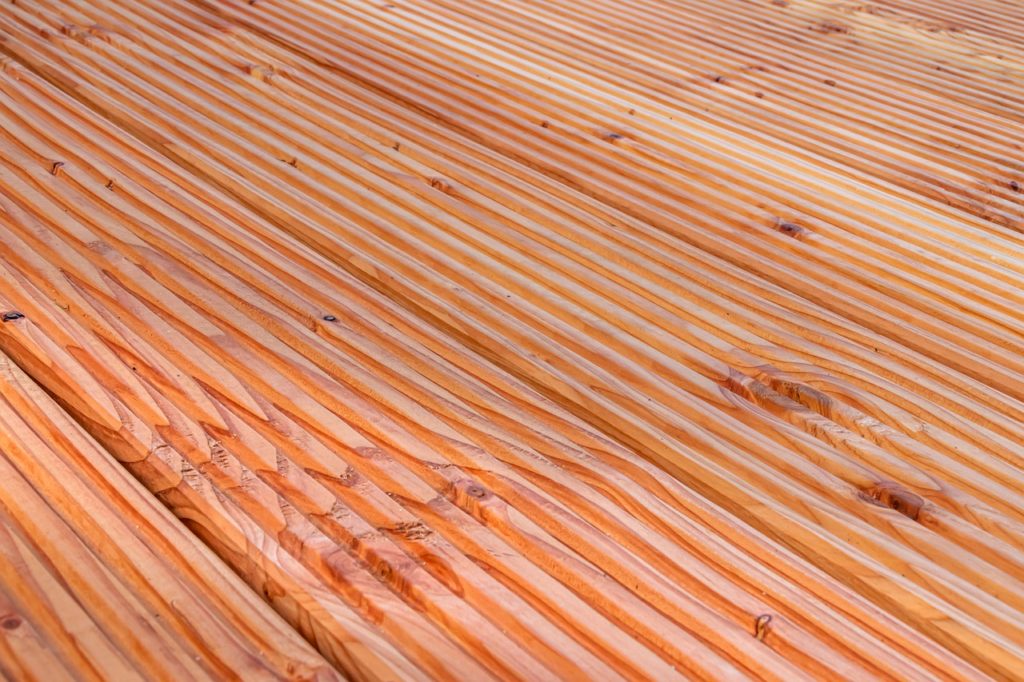Rough Carpentry FAQs

There are two basic kinds of carpentry, and both are necessary for a building to be constructed properly. Contractors start the construction process with rough carpentry and end with finish carpentry. Here are some helpful things to know about the former.
What Does a Rough
Carpenter Do?
When you walk into a building or some other type of structure, the work that
the rough carpenter put into it is not always immediately apparent. This is
because rough carpenters, or framers, are responsible for the part of the
construction process in which the basic frame is built. In addition to building
the framework of homes and other buildings, rough carpenters are also essential
in the construction of tunnels, bridges and other important structures.
What Expertise Does a
Rough Carpenter Need?
Rough carpentry requires skills that are essential to a good construction
project. After all, if the basic structure of your home or building isn’t
solid, you are going to have problems. Framers have to have a strong grasp of
the engineering principles needed to make sure a building is sturdy. They must
also know how to maintain equipment and keep it in proper working order. The
rough carpenter who works on your home will likely need to perform frequent
inspections so that the job is done right.
What Other Factors
Does a Rough Carpenter Have To Consider?
No matter what they’re building, there are codes and guidelines to which rough
carpenters must adhere. State and local building codes can dictate many things,
including the maximum dimensions of certain structures and the safety features
that have to be accounted for. Framers are responsible for understanding these
codes and making sure the finished framework complies with them.
The rough carpenter builds the structure that the rest of the project depends on. When you see rough carpentry in your contractor’s estimate, now you’ll understand why it’s necessary.
